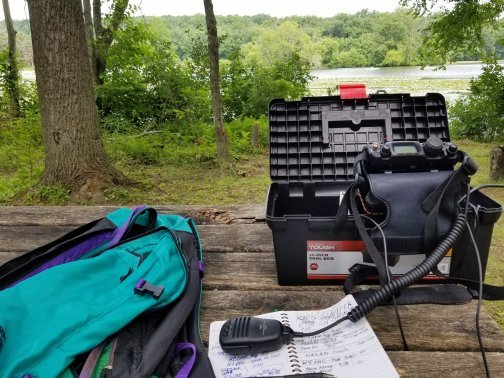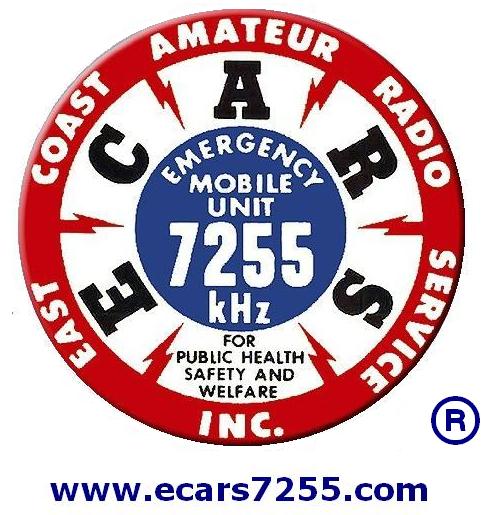I strongly disagree with the statements made about the D-Layer and propagation on the 40 meter band.
I believe the D-Layer basically does very little to reflect signals below 10 MHz.
I believe the main feature of the D-Layer is that it diminishes signals due to absorption.
During the summer months and periods of strong solar activity the D-Layer is at its strongest.
This strong solar activity causes brown / black outs due to a super-charged D-Layer (High absorption).
During the winter months (Tilt of the Earth's axis) the D-Layer is less active (Lower absorption).
(The two equinoxes come into play and define the Earth's ~21 degree tilt.)
-----------------
A 40 meter signal needs to be reflected back to earth from the E, F1 or F2 Layers. (Excluding Ground Wave.)
Passing through the D-Layer and returning to Earth, sometimes becomes impossible below 10 MHz.
This is due to the wave being absorbed during the upward path, and even further reduced coming back down.
The D-Layer appears in sunlight and dies at sunset, which explains night time DX on the lower frequencies.
-----------------
It's as simple as that!
-----------------
NVIS (< 1/4 Wavelength high) antennas only add a small amount of an advantage due to their high take-off angles.
Much of the advantage of the low height / high angle of radiation is lost due to "Ground Loss". (Worms like it.)
Higher mounted horizontal antennas will still have an NVIS component and have the ability to launch straight up.
Higher mounted horizontal antennas (above 1/4 wavelength) will work almost as well when the D-Layer is weakly charged.
-----------------
NVIS antennas are liked by the military because it keeps the troop from being shot while erecting a tall antenna.
It keeps the troops from being spotted by the enemy from a distance.
It slightly keeps down longer distant QRM operating on or near a close channel. (Or being heard by the distant Enemy.)
It is liked by lazy people that don't want to, or can't , erect a good antenna. (HOA / CC&R's)
-----------------
I would not be silly enough to physically compare the two, but to ponder a guess I bet an S-7 signal on a tall antenna...
would be an S - 7 1/4 on an NVIS system! (If the band was average to good.)
We live in a divided world, but take a look at how well stations like K2CGH work short distances with antennas at 80+ feet!
73 / Len / N8AD
PS: Best of 73's is redundant!
15 June 2017
Portable with Yaesu 817 and end fed low in a tree facing French Creek State Park lake in Bertks County eastern Pa.
KC3GHK Andy

24 July 2017

